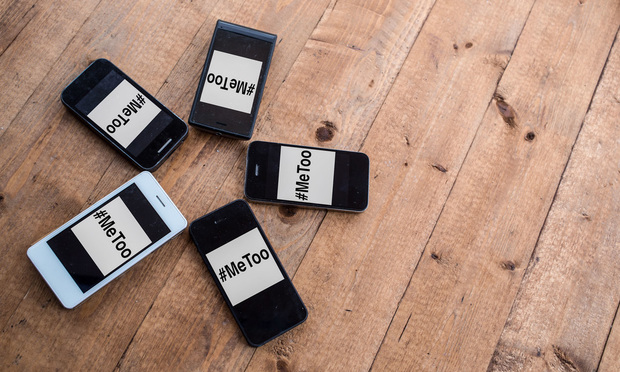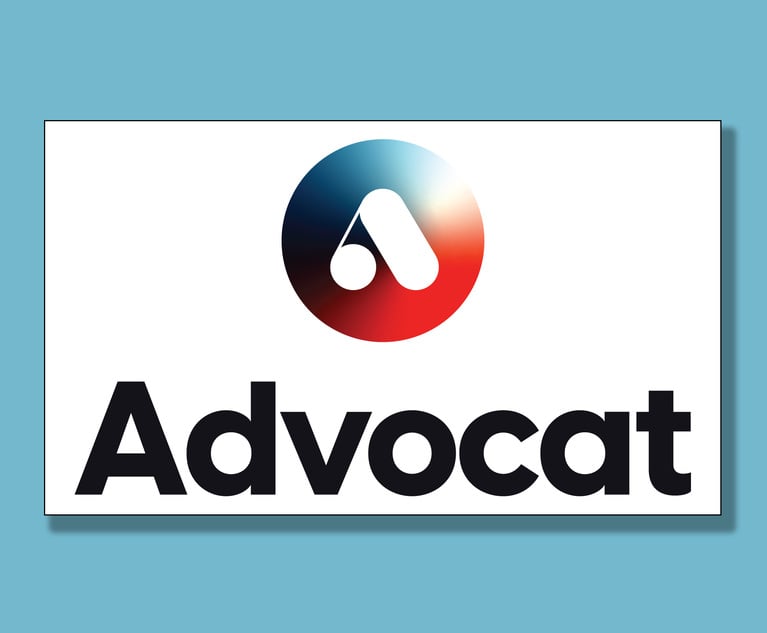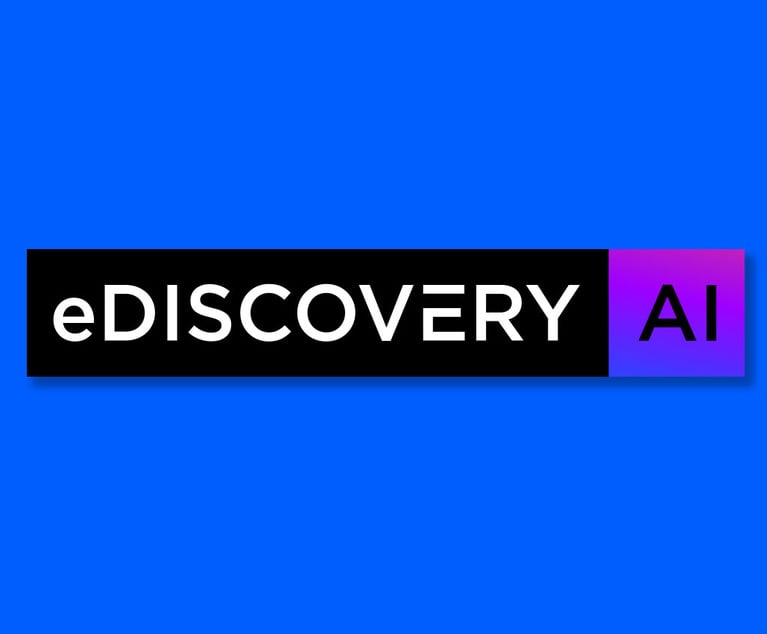Workplace misconduct allegations involving discrimination and harassment complaints have been dominating headlines, giving rise to awareness and prevention campaigns such as the #MeToo movement that surfaced after sexual harassment charges were made against many well-known celebrities.
The advent of social media platforms like Facebook and Twitter, instant messaging (IM) and the use of texting as a preferred means of communication, have made it easier for would-be harassers to engage in non-professional behavior with colleagues and trigger misconduct allegations. Ironically, these communication tools create a data trail that allows forensic technology analysts to expeditiously trace inappropriate interactions between parties and accelerate the lifecycle of misconduct allegations.
This content has been archived. It is available through our partners, LexisNexis® and Bloomberg Law.
To view this content, please continue to their sites.
Not a Lexis Subscriber?
Subscribe Now
Not a Bloomberg Law Subscriber?
Subscribe Now
LexisNexis® and Bloomberg Law are third party online distributors of the broad collection of current and archived versions of ALM's legal news publications. LexisNexis® and Bloomberg Law customers are able to access and use ALM's content, including content from the National Law Journal, The American Lawyer, Legaltech News, The New York Law Journal, and Corporate Counsel, as well as other sources of legal information.
For questions call 1-877-256-2472 or contact us at [email protected]







